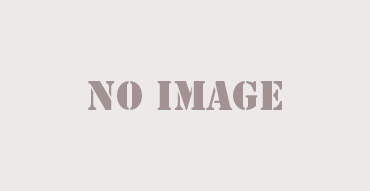Cascading design sheets, or CSS, isolates the content of web pages off their presentation. This is important click here for more pertaining to accessibility reasons, as it permits users to alter the way they check out a page and not having to manually change each and every one of its specific elements. Additionally, it enables designers to make websites more visually appealing, letting them use images and other visual tips to guide an individual through the site.
CSS has changed into a standard in the marketplace, and while you may still find some quibblers who refuse to make use of it, an internet designer would be hard pressed to get a job having a company that didn’t require some standard of understanding of this programming terminology. In this article, most of us dive in to the basics of CSS and cover from the basic format to more advanced formatting alternatives like padding (the space between elements), fonts and colors.
In addition to isolating content and presentation, employing CSS as well makes it easier to get developers to apply commonly used types across multiple pages of your website. Rather than having to alter the tag styles per element on each of your page, these common designs can be defined once within a CSS file, which is then referenced by almost all pages that use it.
In a style bed sheet, every single rule includes a priority that determines just how it will be utilized on a particular document or aspect. Rules with lower priorities are applied earliest, and those which have no impact are avoided. The rules will be then cascaded, meaning the ones that have an improved priority is going to take effect prior to the ones with a lower priority.


